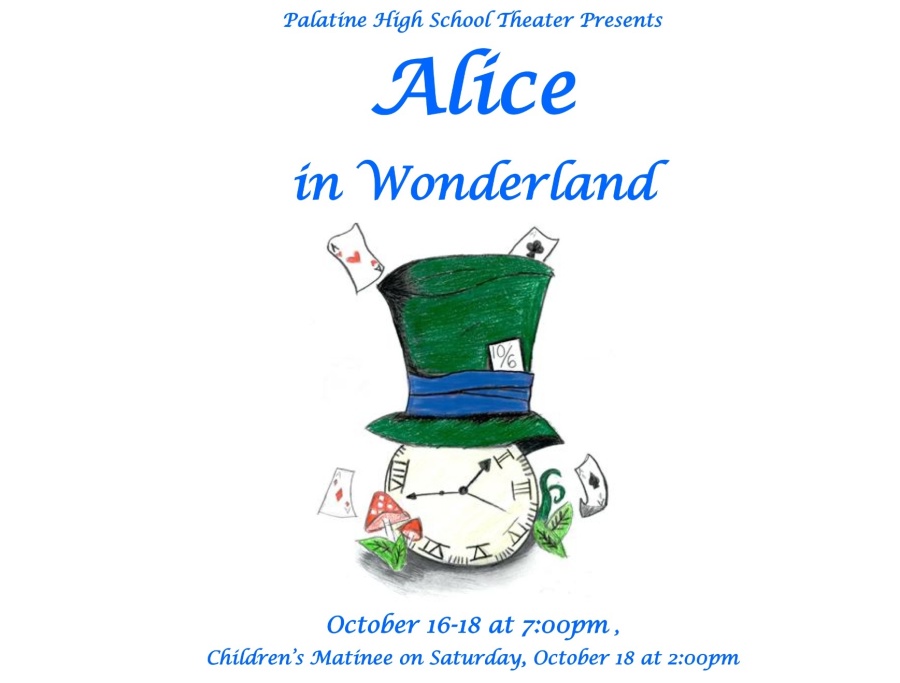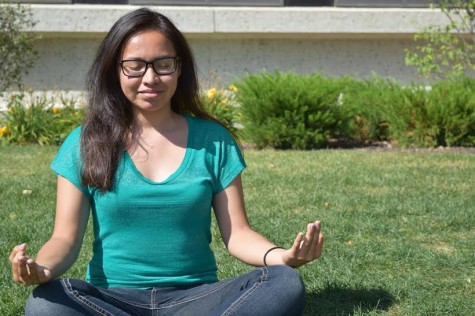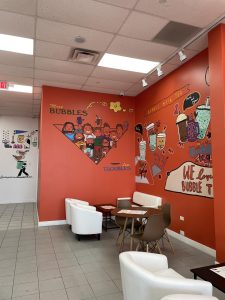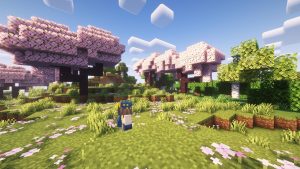Palatine actors take on “Alice in Wonderland”
October 17, 2014
The highly anticipated play, Alice in Wonderland, has finally arrived to the Palatine stage. English teacher Doug Gross provided Cutlass a behind the scenes experience.
Q: Who makes the decisions around here for what does or doesn’t become a play?
A: [English teacher] Jessica Means and I co direct, so she and I go back and forth about which plays we want to do. We’ll debate which ones we have problems with for whatever reason — like difficulty of the set or content material. Last year Mrs. Meenes was pregnant, so this year she said “Hey, let’s do Alice in Wonderland“, and I said “Yeah, sure, it’s your thing”. So this year it was easy.
Q: Let’s talk about imagination. What makes Alice In Wonderland unique, or a play we should go see?
A: First, it’s one of those childhood movies that’s very family friendly. It’s goofy, not very deep, and there’s really not a lot of plot to the story. Alice falls down the rabbit hole, finds herself in Wonderland, tries to make her way out with no rhyme or reason as to how she does that. Along the way she runs into and interacts with some very odd people, things, beings, and creatures that are weird for weird’s sake. They’re interesting, they challenge her, and because of her youth and naivety, it’s hard for her to deal with them.
Q: What’s hard about making this set work because there are a lot of fantastic things that happen in Alice in Wonderland?
A: The most difficult thing is that what happens in my head, what I want the actors to do, and the special effects I want to pull off are just not physically possible because they’re not cartoon characters. The biggest one is Tweedle Dee and Tweedle Dum. If you see the cartoon version, they bounce on top of one another, and they walk in ways humans can’t walk. Finding ways to make it interesting and entertaining yet possible is where some difficulty comes in. This is also the first time we’ve done a fall play where the set moves. One of the more complex things is that there are so many scenes where we’re moving things on or moving things off with huge walls that come and go and then twirl around and disappear. It’s about keeping the same idea, but within the realm of possibility.
Q: Speaking about the characters, tell me about your cast.
A: It’s huge. It’s the largest cast we’ve ever done in a non musical production in all the time I’ve been here. We’ve got everyone from students who have done four years of theater to freshmen who haven’t done anything. The girl playing Alice is an extremely talented actress, and this is her first show. She auditioned and we were like “Oh my gosh, where has she been my entire life?” The role was perfect for her. That’s what I’m most excited about– the number of people who have never been involved who now have a chance.
Q: Let’s talk about costumes. With a cast this large, I’m sure costumes must be kind of crazy.
A: Thankfully we rent all of our costumes. We work with a company in Batavia that’s just wonderful. They have a ton of variety and are full of imagination themselves. They see how all the costumes fit together. The most difficult one this year was the Chesire Cat because the Chesire Cat disappears. Having the costume there helps because there are things we can do with it to suggest she disappears.
Q: How does the editing process work?
A: We usually get a script, read through it a couple of times, and think about what the play calls for. The other thing is that the play we’re doing is an adaptation of Lewis Carroll’s Alice in Wonderland. A large part of it is pulled from Lewis Carroll, but the writer did take some liberties with the story to make it more unified so it had a beginning and an end. There are some really wonderful Lewis Carroll works of literature that didn’t make it in, so I added them.
Q: What do you ask of the audience?
A: Enjoy the characters, enjoy the experience, and don’t think too much about it. More so than a lot of plays, this is a lot about imagination. The wall doesn’t need to be solid; the door can appear in the middle of nowhere. It doesn’t need to make sense. It’s just fun. It’s Alice In Wonderland.








